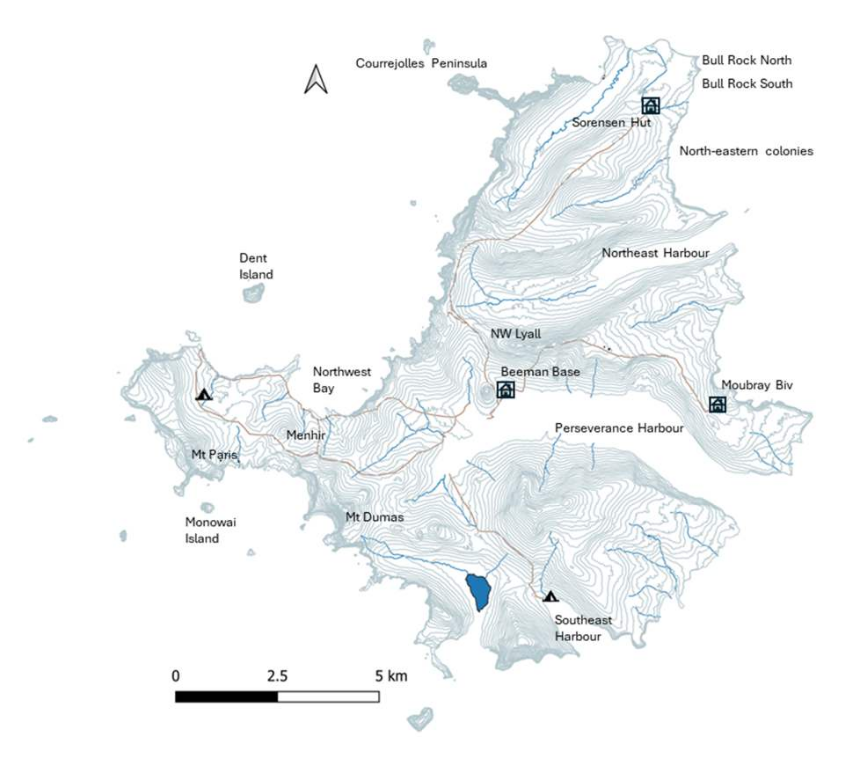 Campbell Island showing key locations referred to for seabird work conducted in 2024/25, from the publication
Campbell Island showing key locations referred to for seabird work conducted in 2024/25, from the publication
Claudia Mischler and colleagues have produced a final report for the Conservation Services Programme of the New Zealand Department of Conservation that summarizes research conducted on seven species of ACAP-listed albatrosses and petrels on sub-Antarctic Campbell Island during the 2024/25 austral summer,
The report’s summary follows:
“This trip was the second year of a two-year follow-up project from the work done on Campbell Island in March 2020 and February 2023 to primarily determine population trends for southern royal albatross (Diomedea epomophora). Nests were counted in two study (Col and Moubray) and three index areas (Faye, Paris, Honey) to compare to historical counts. Additional aims were to resight marked birds, band up to 200 pairs in the Col study area, deploy PTT-GPS transmitters, GPS loggers, and GLS loggers, and set up remote cameras on nests to monitor breeding success. Other species work included conducting photo point counts for Campbell (Thalassarche impavida) and grey-headed albatross (T. chrysostoma), deploying remote cameras on grey-headed albatross nests, and deploying PTT-GPS transmitters on Campbell albatross. Accessible nest sites were searched for light-mantled sooty albatross (Phoebetria palpebrata) and remote cameras set up at nests. Opportunistic searches while traveling or within southern royal albatross study and index areas were done for Antipodean albatross (Diomedea antipodensis antipodensis), and any unbanded birds were marked. Opportunistic searches and counts were also done for northern giant petrels (Macronectes halli) and whitechinned petrels (Procellaria aequinoctialis), and PTT-GPS transmitters were deployed on northern giant petrel juveniles.
Nest counts for southern royal albatross showed an overall decline of 31.0% since the 1990s and a 25.2% decline since the 2000s. The Paris index area had the highest percent change of -46.9% since the 1990s, and Col study area had the lowest at -19.6%. A total of 15 PTT-GPS transmitters were deployed on non-breeding adult southern royal albatross in the Col study area and tracks showed that birds moved north, mainly up the east coast of the South Island and east to the Chatham Rise, and east to southern South America, particularly over the Patagonian Shelf east of Argentina. Thirteen GPS loggers were deployed on breeding adults and removed again by the end of the trip, and 16 previously deployed GLS loggers were retrieved. For demographics, 81 nests had both birds of the pair marked within the Col study area which is in addition to the 113 pairs completed in 2023/24 (total of 194 pairs). Twenty-two cameras were serviced from 2023/24 to monitor breeding success, and an additional 12 were deployed. Based on the Campbell and grey-headed albatross photo point counts, the percent change between 2019/20 and 2024/25 showed a decline in the total number of Campbell albatross (sitting and loafing birds) of 11.0% and a decline of 2.4% in the total number grey-headed albatross. For breeding success monitoring of grey-headed albatross, five cameras were serviced covering 24 nests. Ten PTT-GPS transmitters deployed on Campbell albatross showed that most birds headed south towards Antarctica. For light-mantled sooty albatross, a total of 11 cameras were serviced covering 15 nests to continue monitoring of breeding success. Ten Antipodean albatross were found on the Moubray Peninsula, of which three were previously banded on Campbell Island in 2023/24. Ten PTT-GPS transmitters were deployed on northern giant petrel juveniles, showing movements towards South America.”
Reference:
Mischler, C., Moore, P., Thompson, H., Hamilton, K. & Pryde, M. 2025. POP2024-03 Campbell Island Seabird Research Project. [Wellington]: Department of Conservation. 53 pp.
John Cooper, Emeritus Information Officer, Agreement on the Conservation of Albatrosses and Petrels, 07 August 2025

 English
English  Français
Français  Español
Español 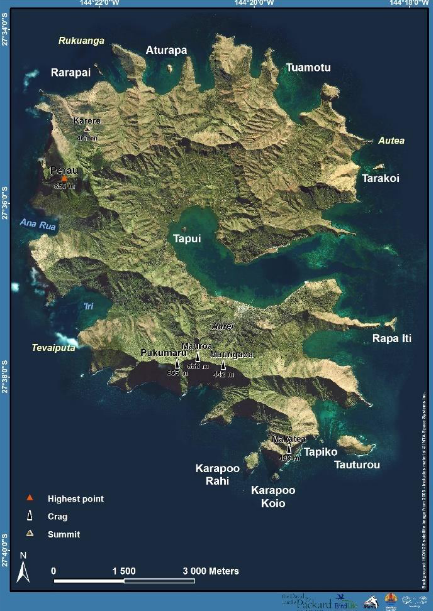 Rapa Island and surrounding islets, from the publication
Rapa Island and surrounding islets, from the publication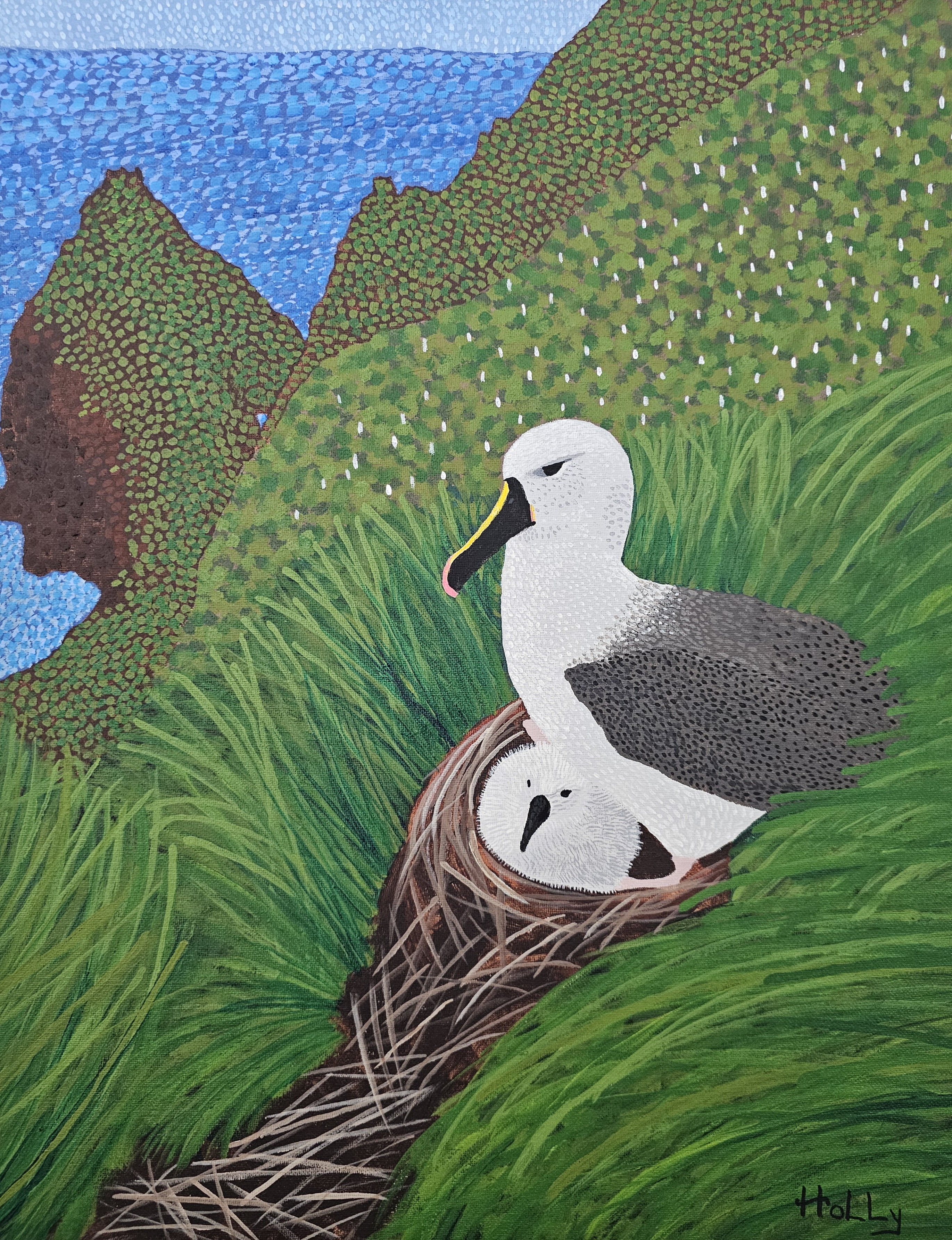 An Indian Yellow-nosed Albatross broods its chick on the Falaises d'Entrecasteaux, Amsterdam Island by Holly Parsons of Artists & Biologists Unite for Nature (ABUN) for World Albatross Day, 19 June 2025, after a photograph by Karine Delord
An Indian Yellow-nosed Albatross broods its chick on the Falaises d'Entrecasteaux, Amsterdam Island by Holly Parsons of Artists & Biologists Unite for Nature (ABUN) for World Albatross Day, 19 June 2025, after a photograph by Karine Delord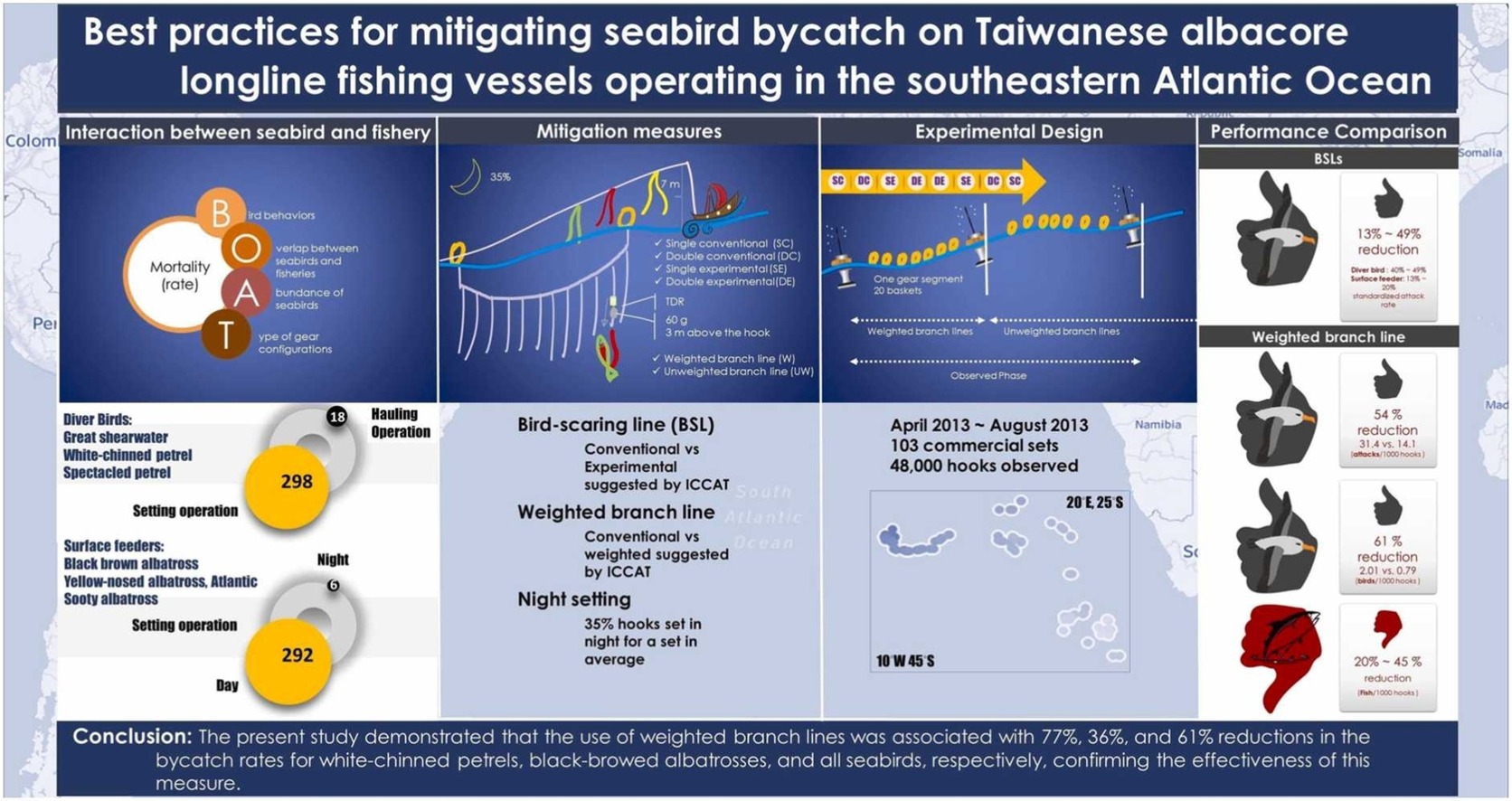 Graphical Abstract from the publication
Graphical Abstract from the publication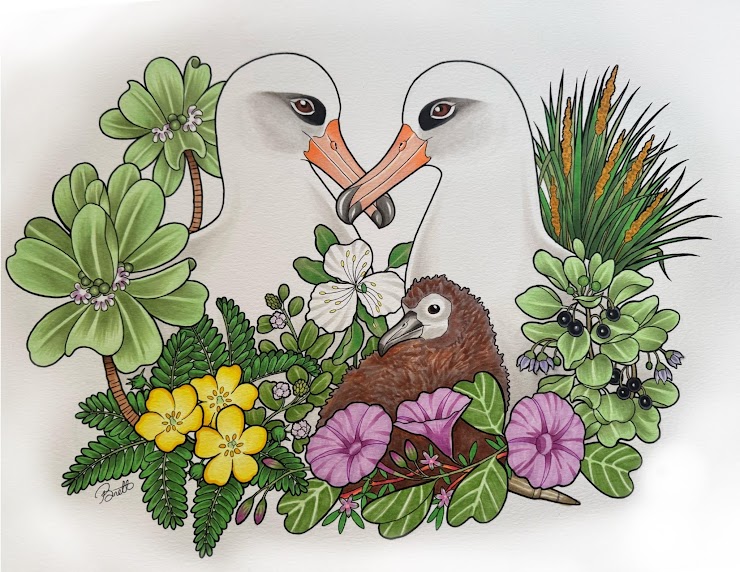 One of the 10 ten: A Laysan Albatross family
One of the 10 ten: A Laysan Albatross family George and Geraldine: Midway's breeding Short-tailed Albatrosses, artwork by Holly Parsons
George and Geraldine: Midway's breeding Short-tailed Albatrosses, artwork by Holly Parsons